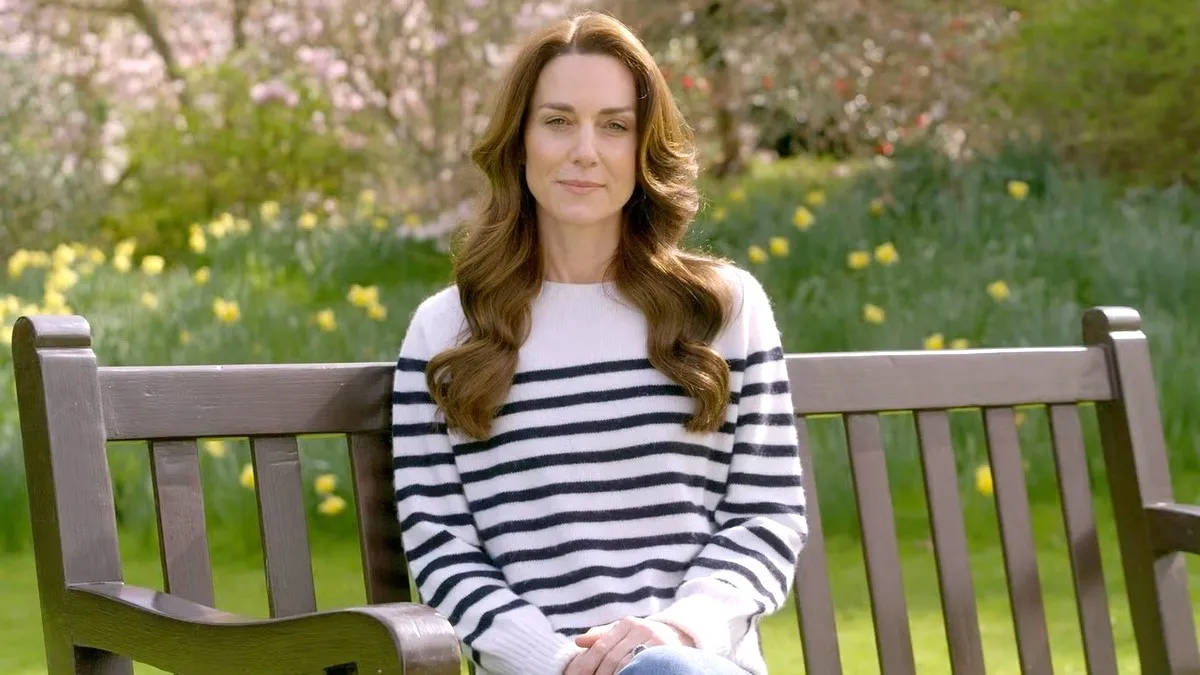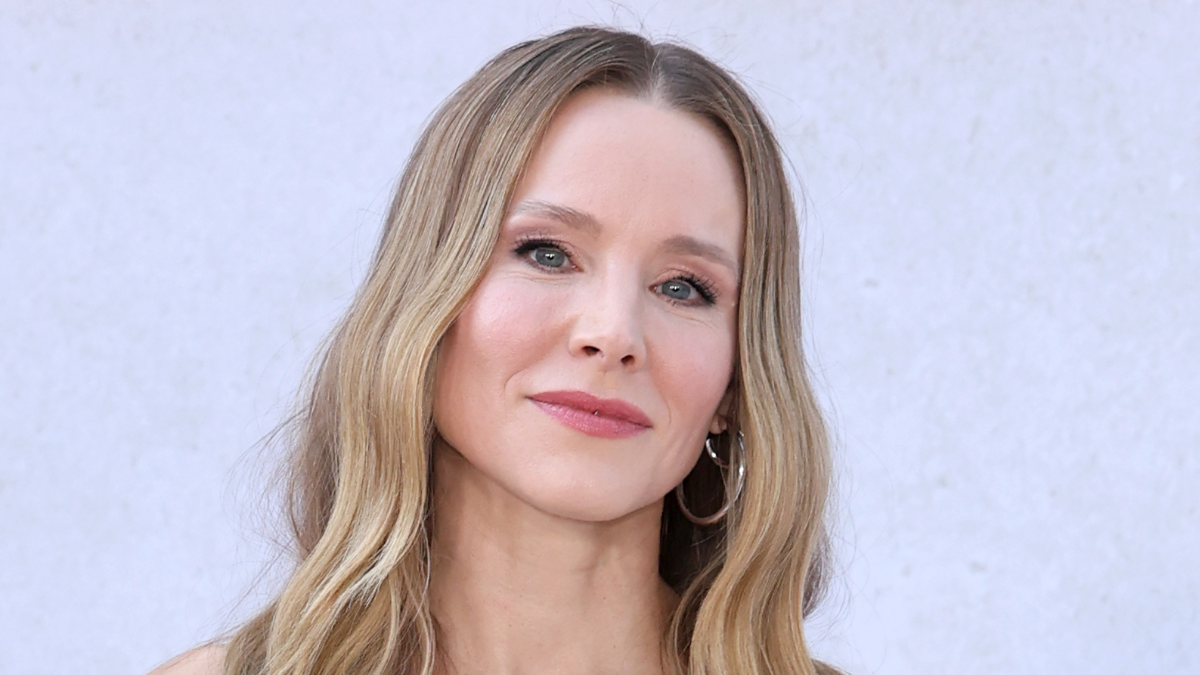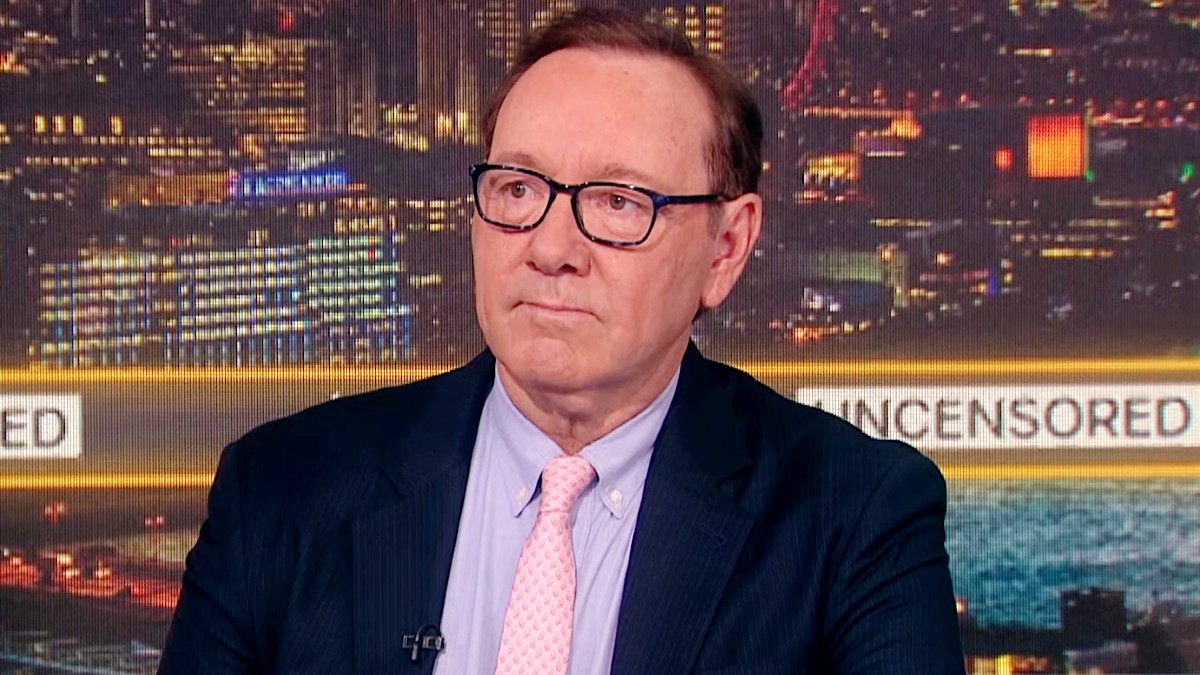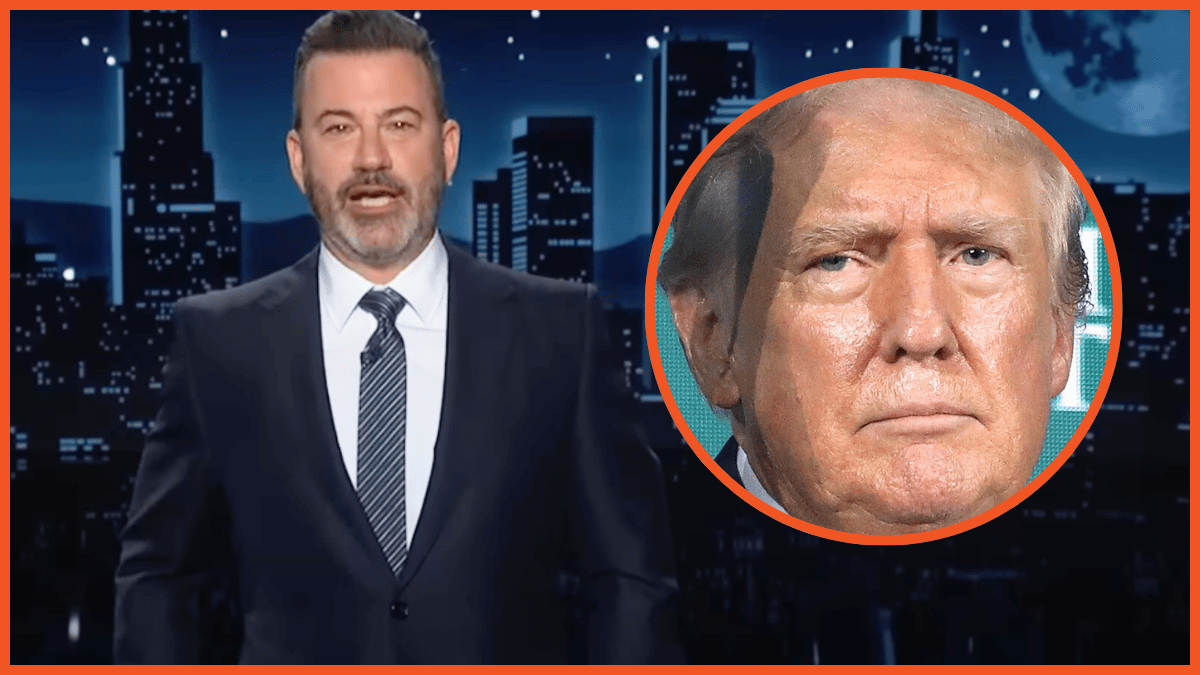Amid all the rumors and conspiracy theories surrounding her absence from the public eye, Kate Middleton finally revealed the reason behind it all.
Now, it’s no longer breaking news that the cancer cells were found in the Princess’ body. As a result, she’s currently undergoing preventative chemotherapy. There’s been a huge amount of support sent her way, but quite a few people are a tad bit confused as to what exactly this treatment entails. So, what exactly is preventive chemotherapy and how does it work?
What is preventive chemotherapy, and how does it work?
In her video message, the Princess of Wales detailed the sequence of events that led to her pursuing this treatment option. She shared, “In January I underwent major abdominal surgery in London, and at the time it was thought that my condition was non-cancerous. The surgery was successful, however, tests after the operation found cancer had been present. My medical team therefore advised that I should undergo a course of preventive chemotherapy, and I am in the early stages of that treatment.”
Preventive chemotherapy is a treatment plan given after a cancerous tumor has been removed from someone’s body. It involves administering an array of medicines that target different kinds of cancer. This treatment is also referred to as adjuvant therapy, and its primary purpose is to stop cancer from returning after it has been removed.
Cancer cells are very small and multiply rapidly. Therefore, even after a tumor has been removed, there may be lingering cancerous cells that can remain undetectable and cause further problems. Adjuvant therapy is administered after primary treatments (often surgery), to ensure that those cells are destroyed, hopefully for good.
Is preventive chemo effective, and does it have any side effects?
Yes, preventive chemotherapy makes the effects of primary treatments more effective. That means that the primary treatments must first be successful for the adjuvant therapy to be worthwhile. The effectiveness of preventive chemotherapy also depends on multiple factors, such as the stage of cancer that the person had, the type of cancer, where it was located, and more.
Adjuvant therapy doesn’t only include chemotherapy drugs, however, but can also include hormone therapy, immunotherapy, radiation therapy, or targeted therapy. This is all to ensure that any type of cancer that may still be lingering in the body is vigorously attacked. The different types of treatments are also specifically suited to attack different kinds of cancer.
For cancer that is detected early, preventive chemotherapy is the most effective, although there is never a 100% guarantee that cancer will not return. Moreover, like any kind of chemotherapy, preventive chemotherapy will have side effects. Chemotherapy medication travels through the entire body, through the bloodstream, to find and destroy cancer cells, but this also gives it access to other cells in the body. In the same vein, other forms of cancer treatments administered during adjuvant therapy also have side effects. Some of the most common side effects of chemotherapy include: Fatigue, nausea, anemia, lack of appetite, sleep issues, mouth ulcers or dry mouths, diarrhea, constipation, and hair loss.
How long will the treatment last?
Like any treatment plan, the duration of adjuvant therapy depends on the specific case being treated. This means that the treatment could last anywhere from a few weeks, to a few months. These treatments usually take an average of 3-6 months, but since no information has been given on the type of cancer that was found in the Princess, it is difficult to guess the duration.
Chemotherapy is often a very draining treatment plan, as many healthy cells are also attacked by the chemicals. However, the side effects often wear off once the treatment is done. This is a long process though, so it will likely take several months after the treatment is complete for the Princess to make a full recovery. As the Royal Palace continues to keep her medical information private, all we can do now is wait for more news, and give the Royal Family some much needed space, and of course, support.










Published: Mar 25, 2024 12:55 pm